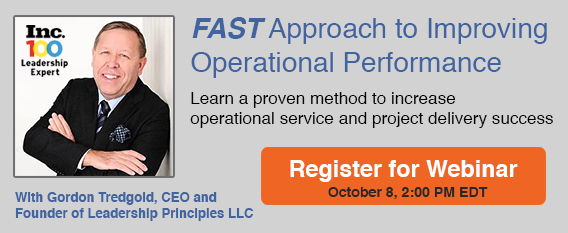
GUEST POST from Chateau G Pato
In recent years, cloud computing has become an increasingly attractive option for businesses, allowing them to reduce costs, improve efficiency, and access data anywhere, anytime. But what are the implications of this technology for the future? In this article, we’ll explore the potential implications of cloud computing, as well as look at two case studies that illustrate some of the possible outcomes.
Cloud computing allows companies to store and access data from remote servers, rather than from a physical location. This means that businesses can access the data they need more quickly and easily, without having to invest in expensive hardware. This can help reduce costs, improve efficiency, and free up resources that can be used to focus on other business objectives.
In addition to the financial benefits, cloud computing also offers a number of other advantages. For example, it can help businesses become more agile, enabling them to respond quickly to changing market conditions. It also provides a platform for collaboration and allows businesses to access data from anywhere in the world.
The potential implications of cloud computing for the future are far-reaching. As businesses continue to embrace the technology, there will be an increased demand for skilled professionals who can develop, maintain, and manage cloud-based systems. This will create new job opportunities and open up new avenues for businesses to explore.
In addition, the increased use of cloud computing could lead to greater data security and privacy. As businesses move their data to the cloud, they can take advantage of the latest security measures to protect their data. This could have a positive impact on the way businesses handle sensitive information and reduce the risk of data breaches.
Finally, cloud computing could have a dramatic impact on how businesses interact with customers. As companies move their data to the cloud, they can create personalized experiences for customers, allowing them to access data quickly and easily. This could make the customer experience much more efficient and reduce customer frustration.
To illustrate some of the potential implications of cloud computing for the future, let’s look at two case studies.
First, consider the case of Amazon. Amazon has been an early adopter of cloud computing and has used the technology to reduce costs and improve efficiency. As a result, Amazon has been able to offer customers a more personalized experience by using data to tailor their shopping experience.
Second, consider the case of Microsoft. Microsoft has embraced cloud computing to create a more flexible platform for businesses to develop, store, and manage data. As a result, businesses have been able to reduce costs, become more agile, and create new ways to engage with customers.
Overall, cloud computing has the potential to revolutionize the way businesses operate and interact with customers. As businesses continue to embrace the technology, the implications of cloud computing for the future could be far-reaching and profound.
Image credit: Pixabay
![]() Sign up here to join 17,000+ leaders getting Human-Centered Change & Innovation Weekly delivered to their inbox every week.
Sign up here to join 17,000+ leaders getting Human-Centered Change & Innovation Weekly delivered to their inbox every week.





